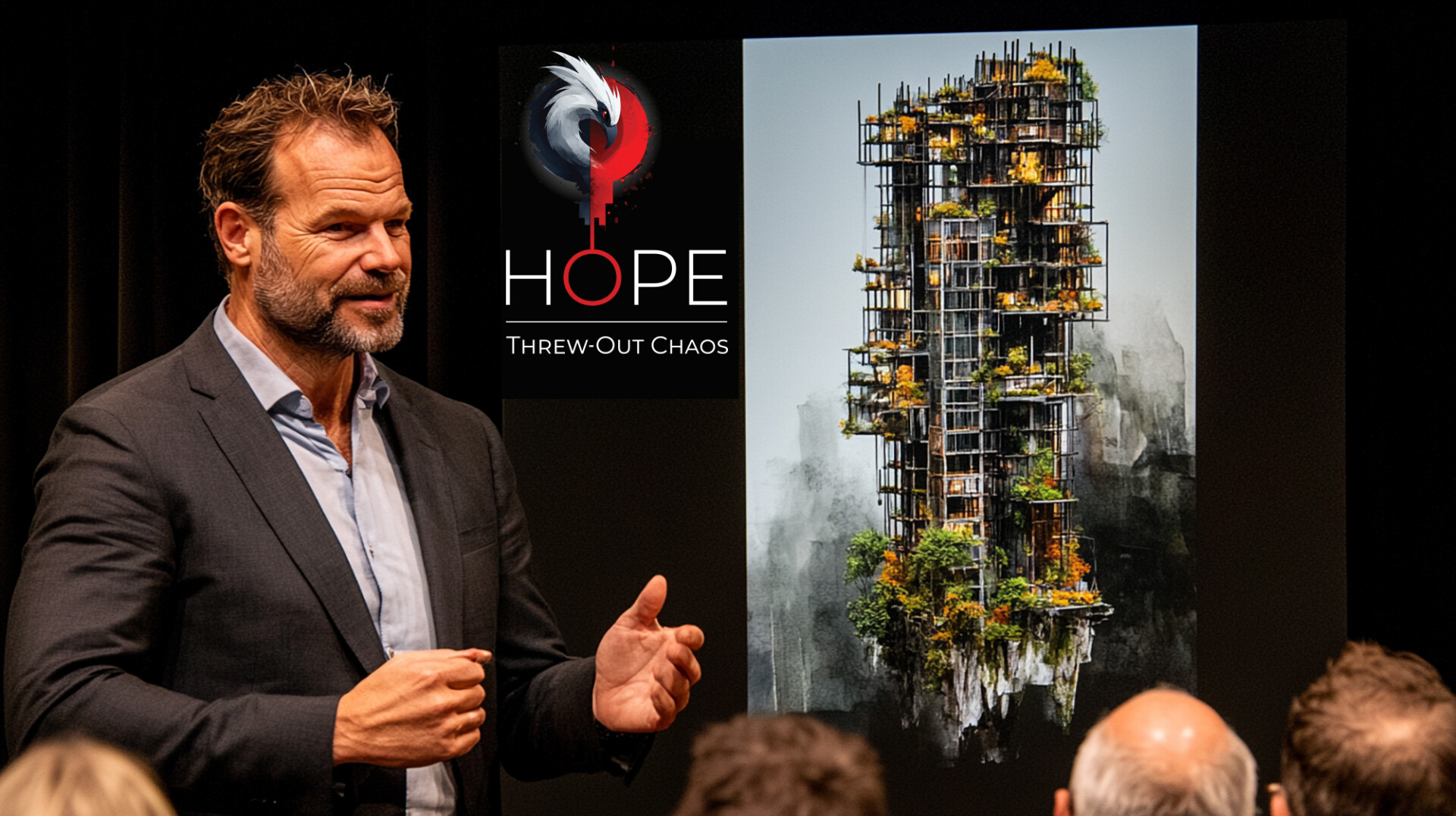A Detailed Guide for a Great Brief
A well-thought-out brand strategy is critical to a company’s success. It requires both creativity and structure, incorporating insights from various stakeholders and aligning them with clear business goals. Below, I’ll expand on each key takeaway from my experience, crafting a comprehensive view of how to approach brand strategy effectively
1. Brainstorming: Embracing All Ideas, But Knowing Not All Are Equal
In any creative process, fostering an environment where all ideas are welcomed without immediate judgement is vital. Uninhibited creativity allows team members to share unconventional thoughts that may lead to breakthroughs. While there are no bad ideas in theory, it’s crucial to recognise that not every idea will be valuable or actionable. My role as a strategist is to filter these ideas critically, separating those with potential from those that may not align with the brand’s goals or values. By maintaining this balance, creativity flourishes while focus remains on impactful ideas.
Actionable Tip: Encourage free brainstorming but apply objective criteria to evaluate ideas once the initial creative phase is complete.

In any creative process, fostering an environment where all ideas are welcomed without immediate judgement is vital. Uninhibited creativity allows team members to share unconventional thoughts that may lead to breakthroughs. While there are no bad ideas in theory, it’s crucial to recognise that not every idea will be valuable or actionable. My role as a strategist is to filter these ideas critically, separating those with potential from those that may not align with the brand’s goals or values. By maintaining this balance, creativity flourishes while focus remains on impactful ideas.
Actionable Tip: Encourage free brainstorming but apply objective criteria to evaluate ideas once the initial creative phase is complete.
A strategist’s most important skill lies in their ability to evaluate ideas and determine which ones can move the brand forward. This is challenging but essential. It requires analytical thinking, a deep understanding of the brand’s mission, and the ability to weigh ideas against long-term goals. I bridge the gap between visionary thinking and practical execution, ensuring that the final strategy is both innovative and grounded in reality.
Actionable Tip: To distinguish good ideas from bad ones, regularly revisit brand values and objectives during the brainstorming process.

3. The Value of a Structured Process Over Simple Intuition
While intuition has its place in branding, relying solely on gut feelings can lead to inconsistent results. A methodical approach grounded in research, data, and structured evaluation is far more reliable. This process ensures that the brand strategy is thorough and provides a strong foundation for creative decisions. I use frameworks, tools, and industry knowledge to guide strategy development rather than guessing what might work.
Actionable Tip: Use tools like SWOT analysis or customer journey mapping to ground your strategy in concrete insights rather than assumptions.
4. Key Steps in the Brand Strategy Development Process
The development of a successful brand strategy follows a sequence of methodical steps:
-
-
-
Gather Comprehensive Information Early: Start with thorough research on industry trends, consumer behaviour, and competitors.
-
Conduct a Kick-off Session with Probing Questions: Encourage broad thinking and challenge assumptions about the brand.
-
Interview Stakeholders and Conduct Research: Engage with internal and external stakeholders for diverse perspectives.
-
Develop and Present Hypotheses: Formulate initial strategic hypotheses based on your research.
-
Run a Hypothesis Session to Establish Success Criteria: Test ideas against predetermined criteria (such as feasibility and distinctiveness).
-
Build Out Ideas and Stress-Test Them Creatively: Refine your ideas by pushing them to their limits.
-
Gather Feedback from Diverse Audiences: Get insights from various individuals to check if your strategy resonates.
-
Develop a Final Strategy Recommendation and Action Plan: Finalise your strategy based on feedback.
-
-
Actionable Tip: Document every stage of this process to keep track of decisions and progress.
Create a brand with personality, resonating with customers and evoking feelings of trust and authenticity. It will drive custmers to your door.

5. Success Criteria for Ideas: Simplicity, Feasibility, Distinctiveness, Directionality, and Desirability
When evaluating ideas, apply success criteria to ensure they meet the brand’s needs:
-
-
- Simplicity: Is it easy to understand?
- Feasibility: Can it realistically be implemented?
- Distinctiveness: Does it set the brand apart?
- Directionality: Does it guide future actions?
- Desirability: Does it appeal to the target audience?
-
Actionable Tip: Document every stage of this process to keep track of decisions and progres
-
6. Avoid Dismissing Ideas Based on Current Brand Perception or Competitor Claims
- It’s easy to get stuck in the current reality of the brand or be swayed by competitors. However, an effective brand strategy requires forward-thinking. Don’t dismiss ideas because they don’t align with current perceptions; brands evolve, and so should their strategies.
Actionable Tip: Encourage out-of-the-box thinking by asking how the brand could evolve in 5-10 years rather than how it operates today.
7. The Importance of Integrating Creative Execution into the Strategy Development Process
Creative execution and strategy shouldn’t be separate silos; they must work hand-in-hand throughout the process. A brand strategy will only succeed if supported by creative work that brings it to life.
Actionable Tip: Document every stage of this process to keep track of decisions and progress.

8. Involving Multiple Stakeholders and Iterations for Rigour
Building a brand strategy should be iterative, involving diverse stakeholders at key points. This ensures that the strategy is well-rounded and pressure-tested from multiple angles.
Actionable Tip: Schedule periodic review sessions with key stakeholders to gather ongoing feedback rather than waiting until the end of the process.
9. Flexibility in Adapting the Process to Client Needs
Every client is different; rigid adherence to a fixed process won’t work for every case. Sometimes shortcuts are necessary due to budget or time constraints, but it’s crucial to understand trade-offs involved..
Actionable Tip: Document every stage of this process to keep track of decisions and progress.

10. The Ultimate Goal: A Clear, Desirable, and Distinctive Brand Direction
At its heart, any brand strategy aims to carve out a distinctive path forward that enhances identity and connection with audiences while setting it apart from competitors.
Actionable Tip: Ensure every element of the strategy aligns with elevating the brand clearly and distinctly.
Conclusion
As you embark on this journey, remember that becoming a powerful brand guardian is not just about acquiring knowledge – it’s about developing a mindset of continuous learning, adaptability, and strategic thinking. By the end of this e-book, you’ll be equipped with the tools, insights, and confidence to take your place among the next generation of influential brand leaders
Actionable Tip: Let’s begin this exciting journey together, and unlock the full potential of your role as a brand guardian. The world of branding is waiting for your unique contribution – let’s make it count!
Deliver to your client, or stakeholders, a solution that hits the brief, and they are all going to love, and own!
DOWNLOAD THIS GUIDE AS A PDF
Click the button below, provide yor name and email address )to makr sure you are human and
to download the pdf for FREE

Using Winner Prompt will get Results For Brilliant Images
Why Your Business Personality Matters In today’s crowded marketplace, your brand is more than just a logo or a tagline
Crafting a Captivating Brand Identity
Why Your Business Personality Matters In today’s crowded marketplace, your brand is more than just a logo or a tagline
Building a Strong Brand Strategy:
A Detailed Guide for a Great Brief


